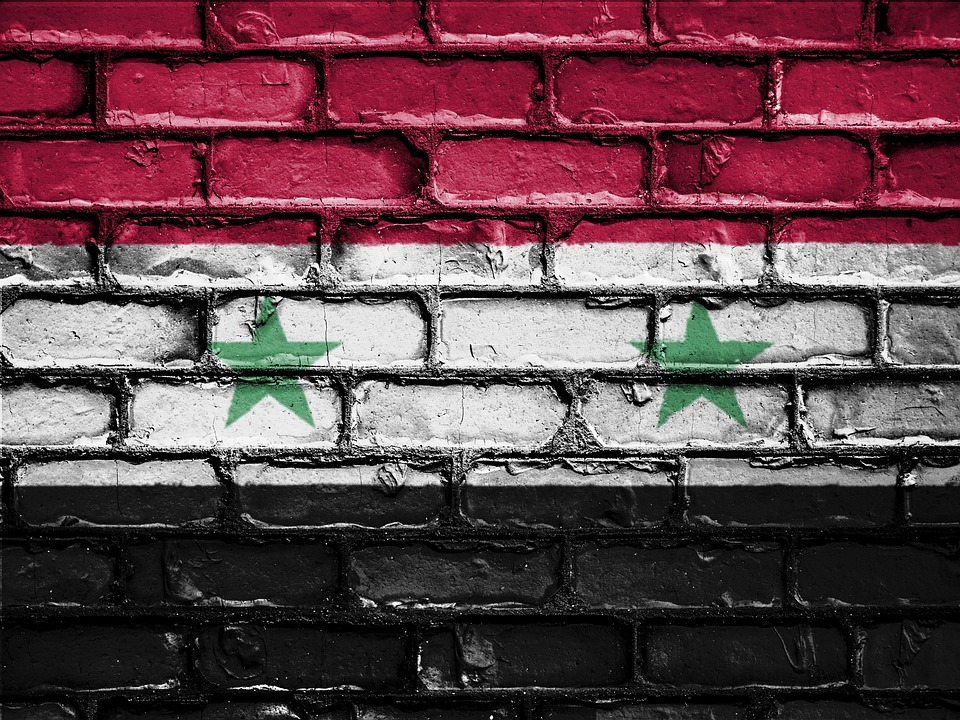
Agricultural Practices in Central Syria
Central Syria, also known as the “breadbasket” of the country, is a region with a rich agricultural tradition that dates back thousands of years. The unique climate and fertile soil of this region make it ideal for a variety of crops, including wheat, barley, fruits, and vegetables.
Cropping Systems
One of the most common agricultural practices in central Syria is the use of traditional cropping systems. Farmers in this region often practice a rotation system where they alternate between different crops each season. For example, wheat is typically followed by barley, and then legumes such as chickpeas or lentils. This rotation system helps to maintain soil fertility and prevent the buildup of pests and diseases.
In addition to crop rotation, farmers in central Syria also practice intercropping, which involves growing two or more crops together in the same field. This practice can help maximize productivity and reduce the risk of crop failure, as different crops may have different water and nutrient requirements.
Water Management
Water management is a critical aspect of agricultural practices in central Syria, as the region is prone to droughts and limited water resources. Farmers in this region often rely on traditional irrigation methods, such as furrow irrigation and flooding, to water their crops.
In recent years, there has been a shift towards more sustainable water management practices, including the use of drip irrigation systems. These systems deliver water directly to the roots of the plants, reducing water waste and improving crop yields.
Soil Conservation
Soil conservation is another important aspect of agricultural practices in central Syria. Farmers in this region often use terracing and contour plowing techniques to prevent soil erosion on the hilly terrain. These practices help to retain soil fertility and prevent the loss of valuable topsoil.
In addition to terracing and contour plowing, farmers in central Syria also practice mulching, which involves covering the soil with organic materials such as straw or leaves. This helps to retain moisture in the soil, suppress weed growth, and improve soil structure.
Pest and Disease Management
Pest and disease management is a constant challenge for farmers in central Syria, as the region is home to a variety of pests and diseases that can damage crops. Farmers often rely on cultural practices, such as crop rotation and intercropping, to reduce the risk of pest and disease outbreaks.
In addition to cultural practices, farmers in central Syria also use biological control methods, such as the introduction of natural predators and parasitoids, to manage pests. Chemical pesticides are used as a last resort, as they can have negative impacts on the environment and human health.
Marketing and Distribution
Marketing and distribution are key components of agricultural practices in central Syria, as farmers rely on selling their produce to make a living. Many farmers in this region sell their crops at local markets or to wholesalers who distribute the produce to other parts of the country.
In recent years, there has been a push towards direct marketing and farm-to-table initiatives in central Syria, where farmers sell their produce directly to consumers through farmers’ markets or online platforms. This helps farmers to bypass middlemen and earn a higher profit for their crops.
In conclusion, agricultural practices in central Syria are diverse and dynamic, with farmers adopting a range of traditional and modern techniques to ensure the productivity and sustainability of their crops. By practicing crop rotation, water management, soil conservation, and pest and disease management, farmers in this region are able to overcome the challenges of farming in a harsh climate and continue to produce high-quality crops for the local and international markets.